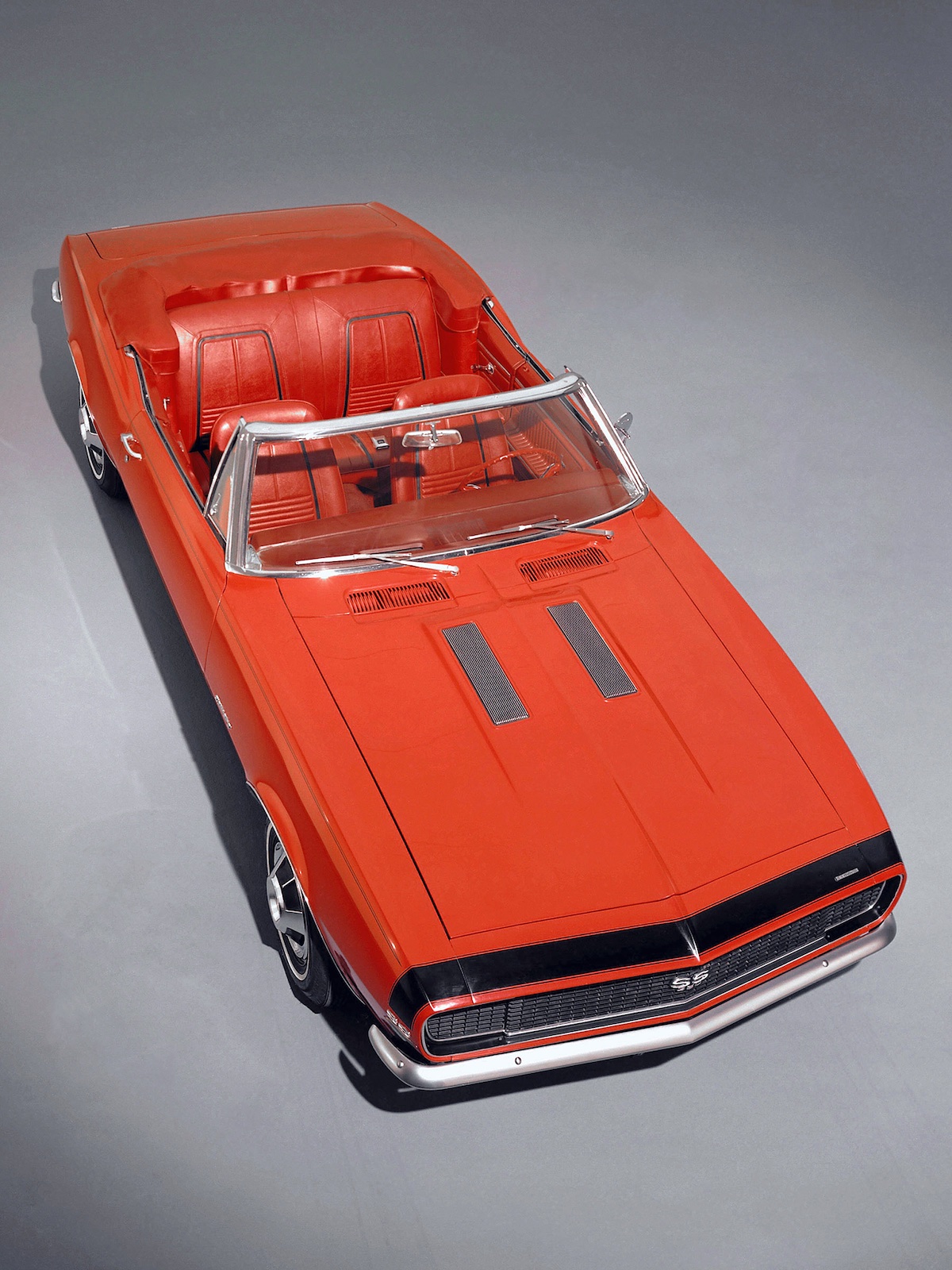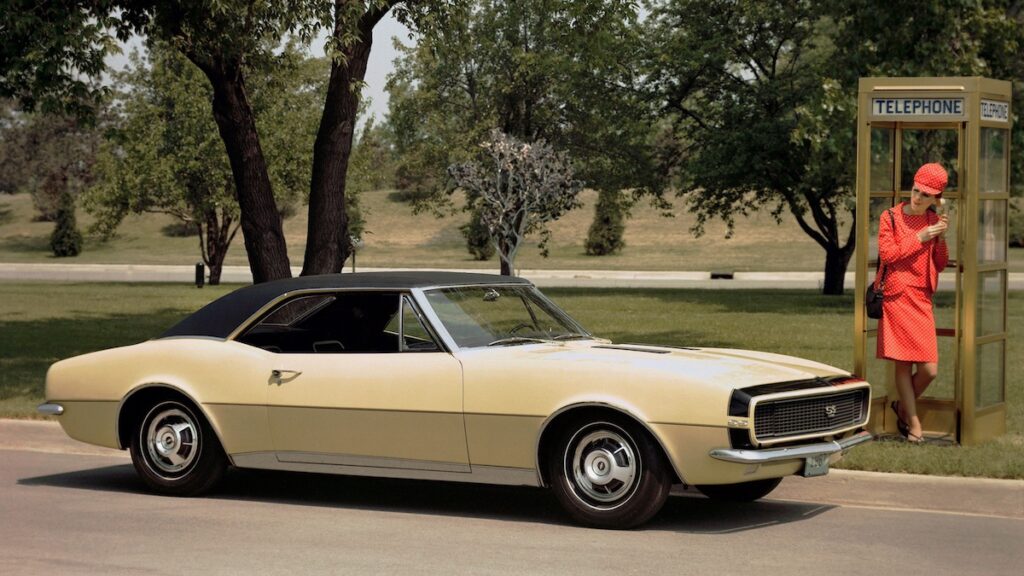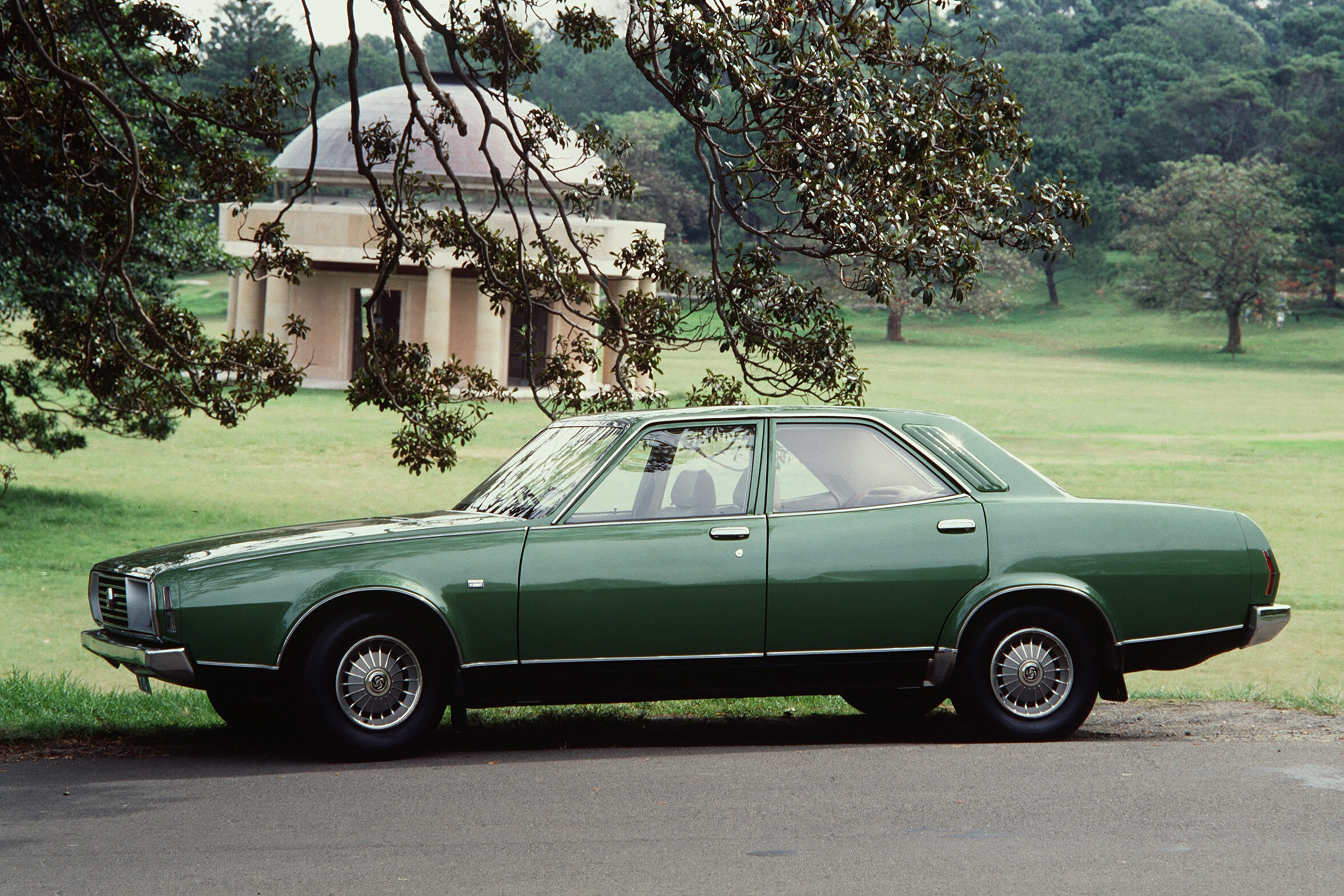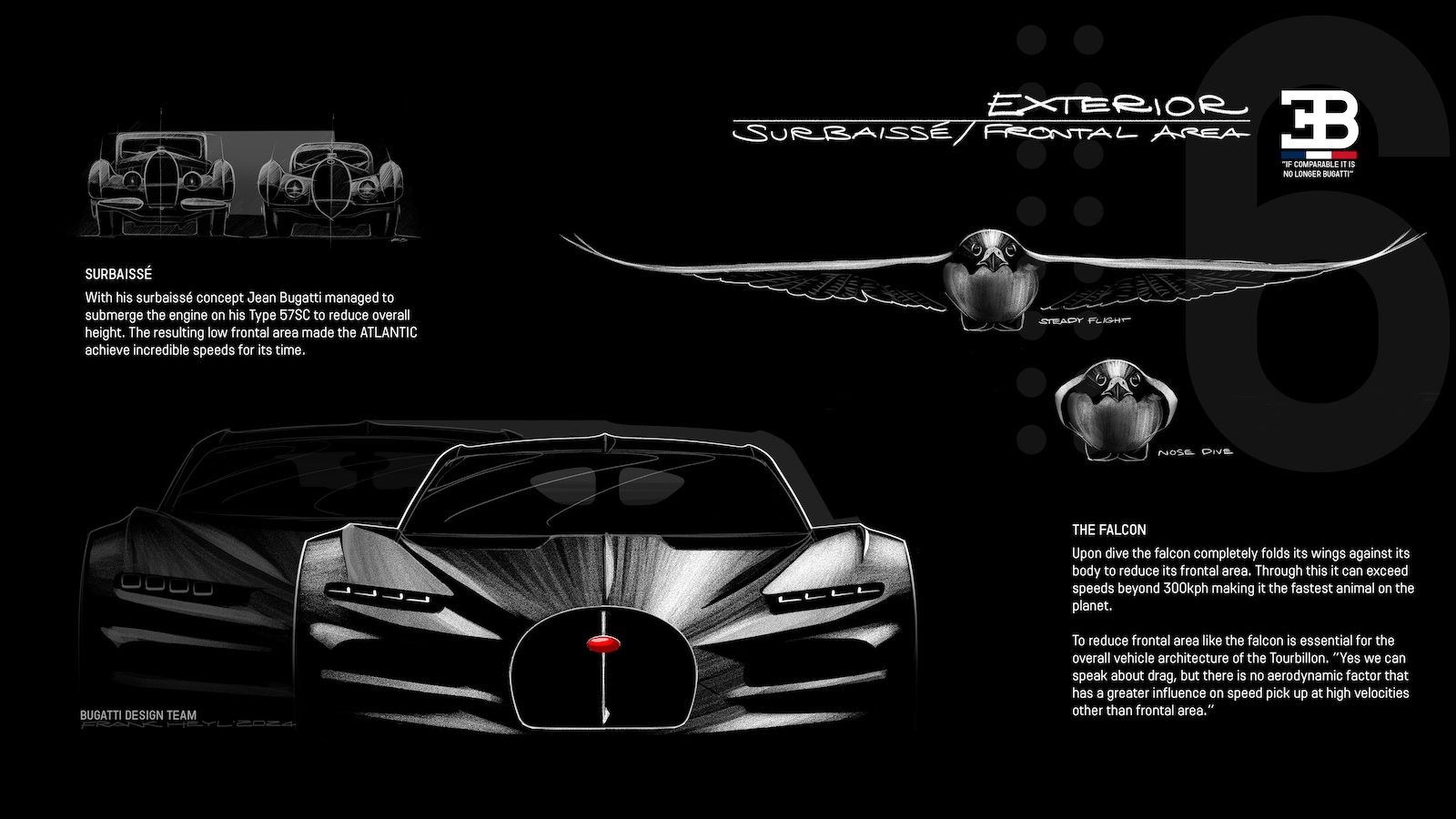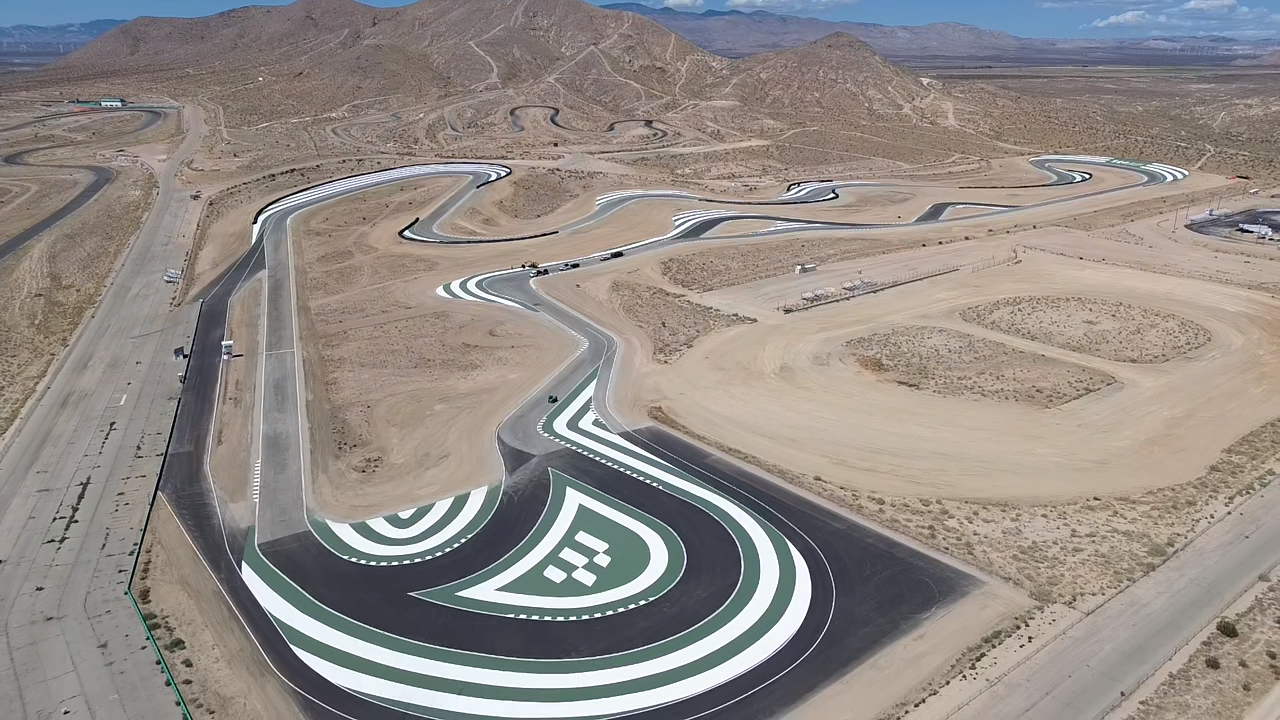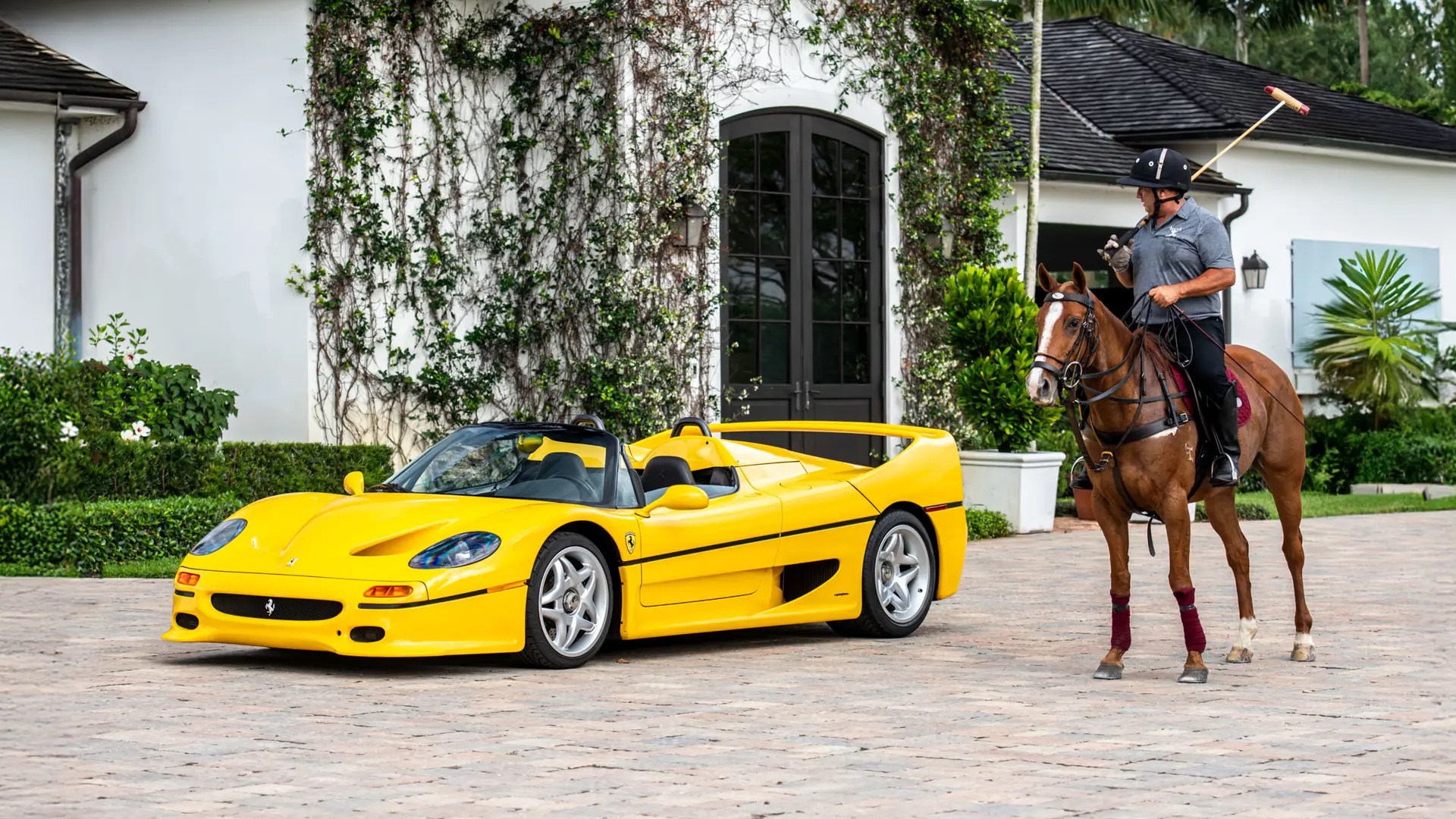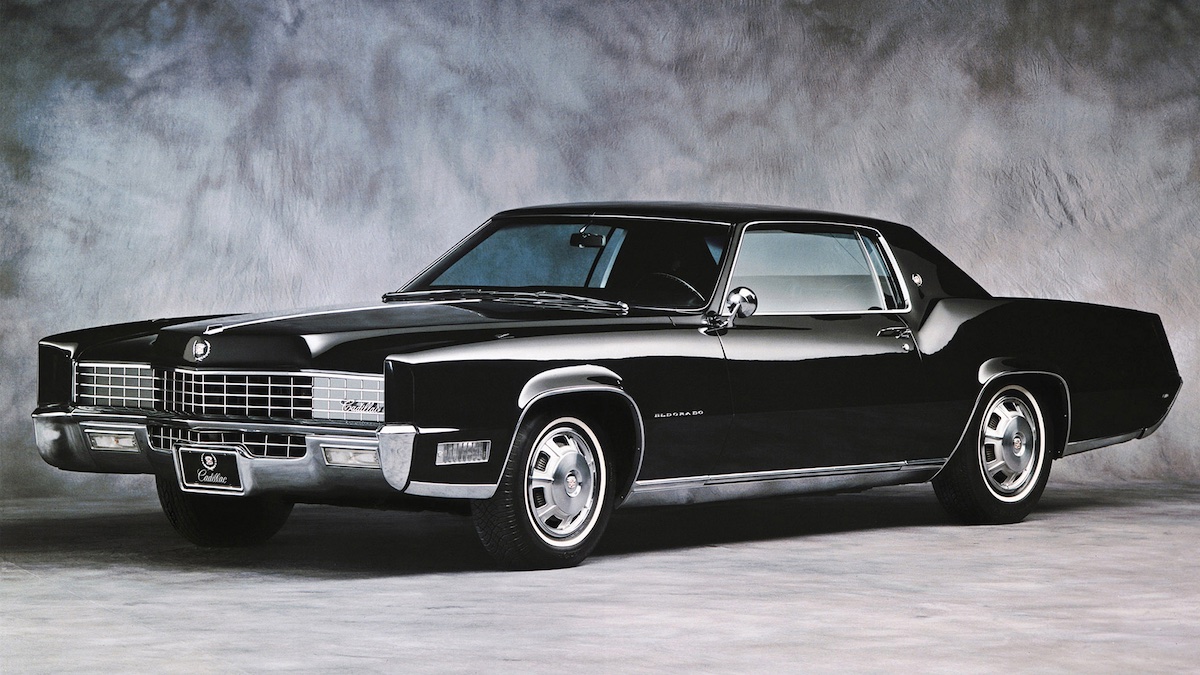In the mid-1960s General Motors desperately needed a response to Ford’s runaway success the Mustang. Arriving in September 1966, GM’s Camaro featured taut, gorgeous lines, a semi-unibody chassis and almost twice the range of engines as the Ford, including the now legendary ‘small-block’ V8.
A mustang is a small, tough, wild horse known for its evasiveness. In the mid-1960s nobody knew this better than General Motors, as it watched Ford gallop into the sunset with its whole new category of ‘pony car’.
Central to The General’s strategy to chase down Ford’s runaway was the need to out-power it. The new-for-1967 Chevrolet Camaro (and sister Pontiac Firebird, launched five months later) was more sophisticated and offered almost twice the range of engines – including the debut of Chevrolet’s now-fabled V8, the 350-cubic inch ‘small-block’.
The Camaro’s chassis development was piggy-backed with that of the 1968 Chevy Nova. This provided the Camaro with a semi-unibody chassis, which GM claimed gave the best of both worlds thanks to the spacious unitary cabin sitting behind a rugged (and big-block V8-compatible) front sub-frame. Pony cars, after all, had to deliver muscular performance and four-seater practicality.
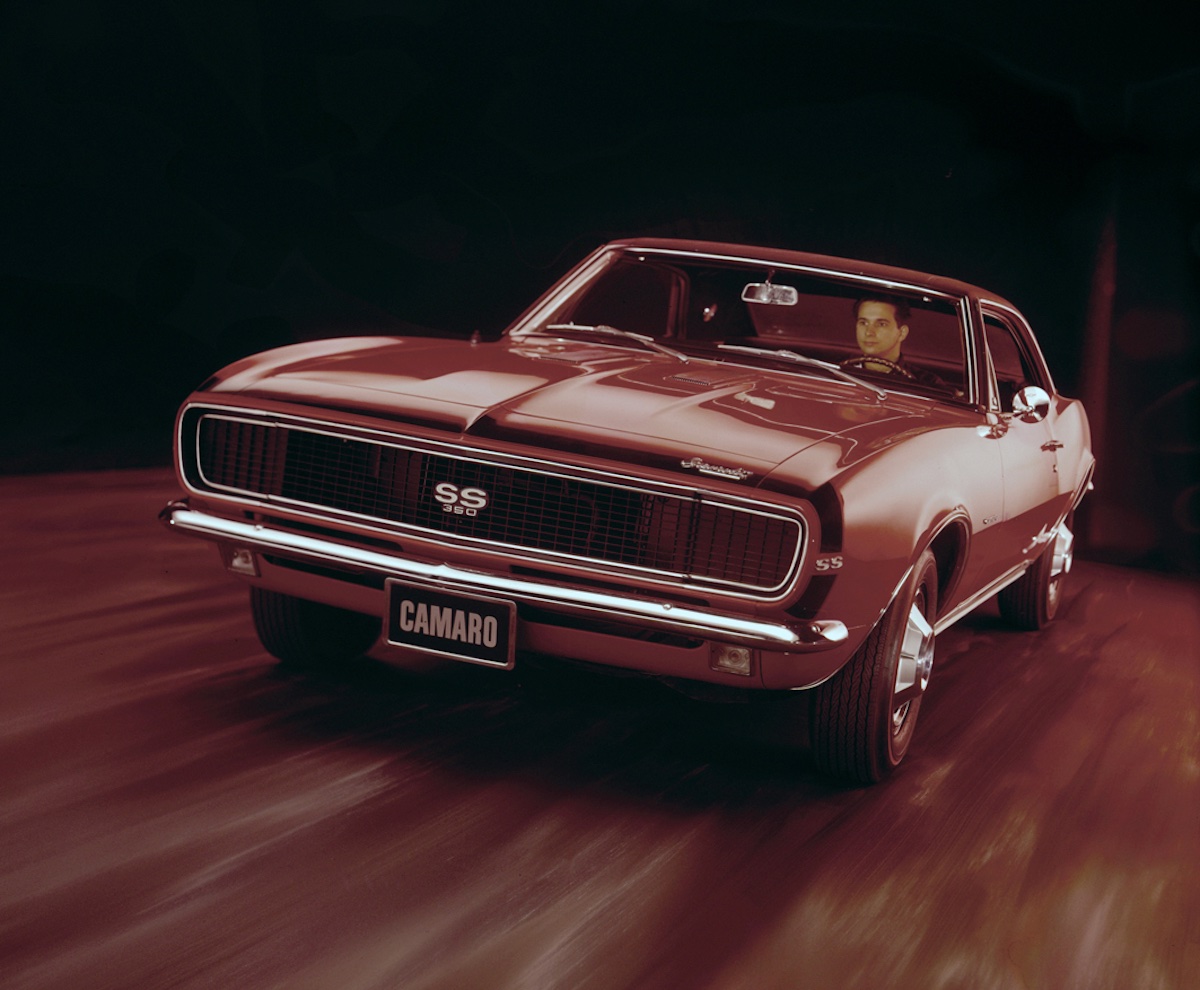
The Camaro’s taut, gorgeous lines were penned in a dedicated Studio II headed by Henry ‘Hank’ Haga, who had fronted Chevrolet’s Corvette and small-car design departments since 1958. Haga, who owned a 1924 Type 35 Bugatti, had a flair for European styling; he later spent six years at Opel.
There were several design mock-ups created, including fastbacks and even a two-door sportwagon, but amid the fallout from Chevrolet’s most recent attempt at doing something different – the rear-engined Corvair – the nod inevitably went to a coupe and convertible.
Camaro’s interior designer George Angersbach had, like Haga, come from Corvette and was concurrently absorbed in the Chevy II/Nova. Angersbach was a man who enjoyed his work so much that he even had a four-speed shifter attached to his office chair.
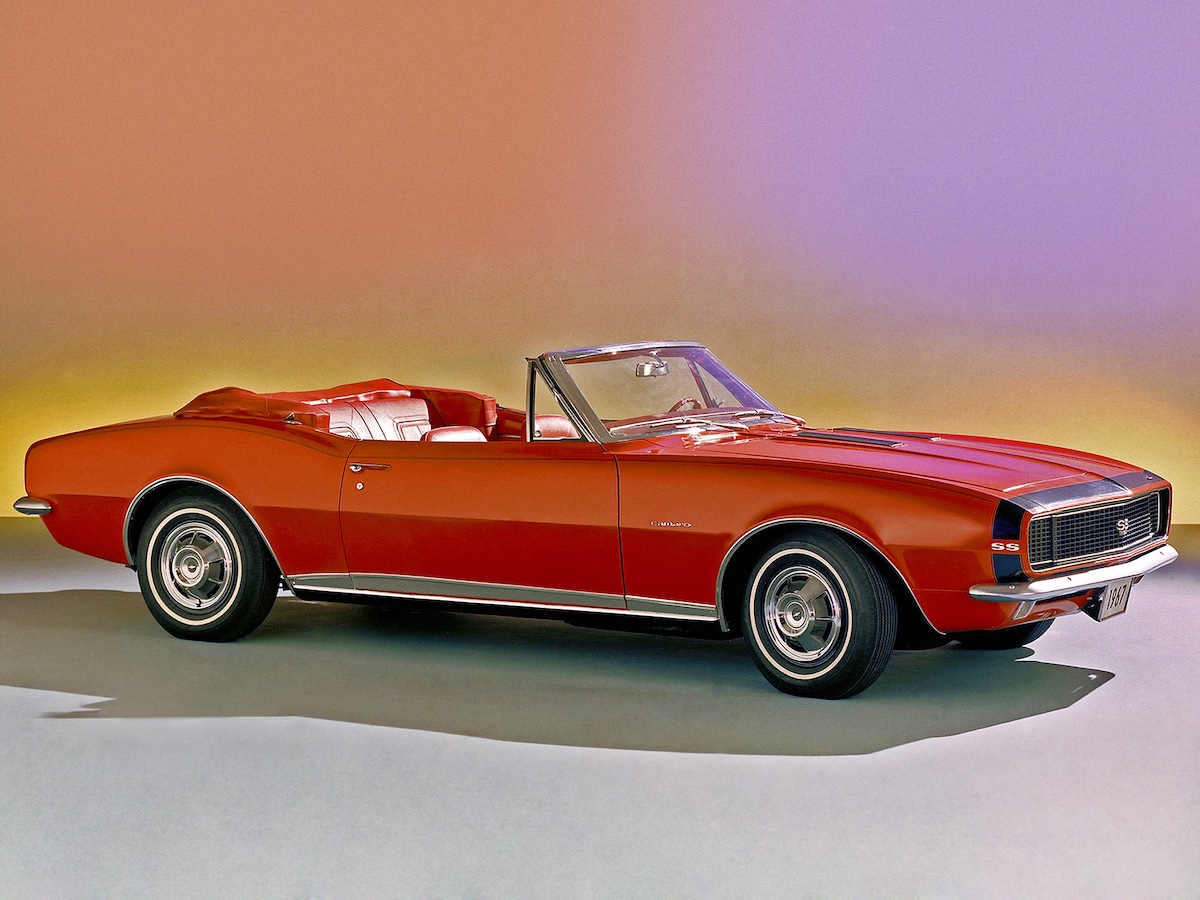
His work on the Chevy II/Nova interior led to the introduction of moulded foam-plastics which ultimately benefitted Camaro by allowing for its scooped-out interior shapes.
One of the hardest things to lock in for the new ‘F-car’ project had been its name. Early candidates included Panther, Wildcat and GeMini. The eventual Camaro is supposedly old French for “comrade”, although Ford also found the word in old Spanish, where it refers to “a small prawn”.
Everything was about one-upping the Mustang. Camaro was lower and in the mantra of chief engineer Elliott ‘Pete’ Estes (who later became President of GM), was also wider tracked.
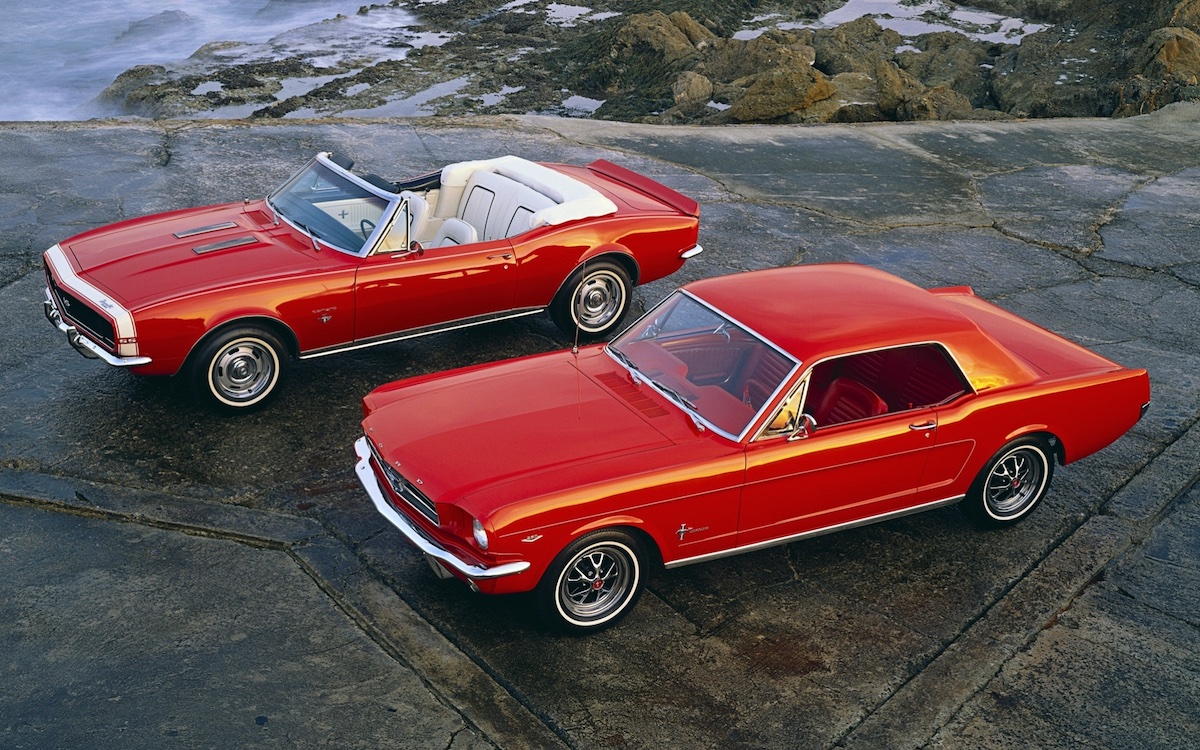
When the Camaro landed in September 1966 its engines, comprising 3.8 and 4.1-litre inline sixes and no fewer than four V8s of 5.0 (302ci), 5.4 (327ci), 5.7 (350ci) and 6.5-litre (396ci) capacities, all out-muscled the Mustang’s offerings.
Smack in the middle sat the sweet 350 L48 with its 10.5:1 compression ratio, hydraulic valve lifters and single Quadrajet carb. It made a healthy 220kW and 515Nm and when hitched to a three-speed manual would cover 0-100km/h in 6.3-seconds and the standing quarter-mile in 14.5.
The semi-unibody construction was acknowledged as giving the Camaro a handling and ride edge over the fully unitary Mustang, making it more rigid and better riding; Mercedes-Benz was still using semi-unitary chassis at that time.
Camaro was all-American in its suspension and brakes, though, with upper and lower A-arm front and single-leaf, live-axle rear suspension, with drum brakes all around.
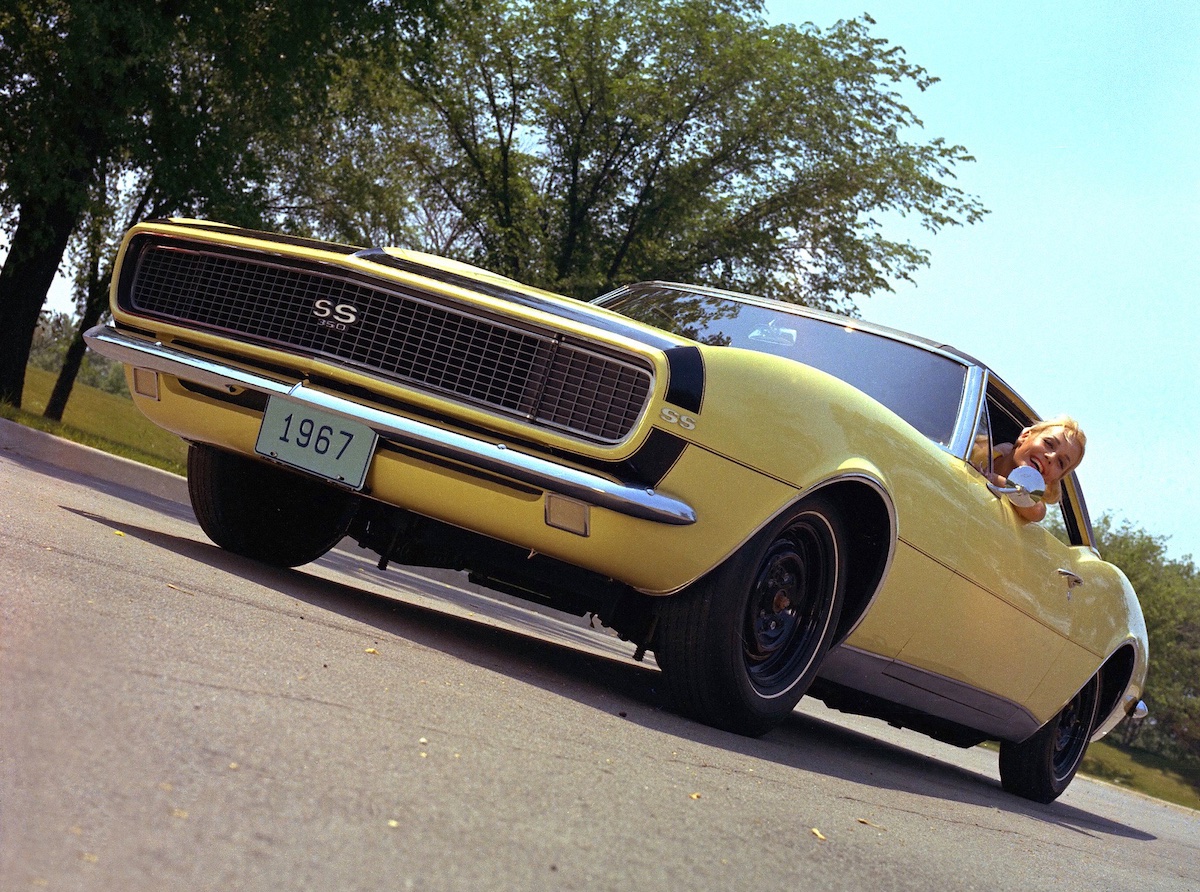
The exception to the drum brake rule was the Camaro Z/28 option, created for the Trans-Am racing series and quietly introduced in December ’66 with a unique 5.0-litre (302ci) V8. It was a base-spec, manual-only racetrack special but came standard with power front discs. Just 602 Z/28 Camaros were sold through 1967, although the following year sales rose more than tenfold.
For many Camaro cognoscenti, the pick of the first generation is the 1968, which had a subtly face-lifted front end and even cleaner lines. As ever, the Rallye Sport and Super Sport packages went further with stripes and concealed headlights, while underneath these hi-po versions benefitted from staggered rear damper mountings and multi-leaf rear springs to rein in rear-end handling.
While Americans were clearly ready to pony-up for serious performance, the Camaro had little to no visibility in Australia for the next four decades. Into the new millennium the relationship became intimate, with Holden leading the final design and development of the fifth-generation Camaro launched in 2009, which was based on the Zeta architecture of the VE Commodore.
The subsequent sixth generation, familiar here thanks to its V8 Supercars silhouette, drew the curtain on the Camaro in December 2023. In a repeat of history, however, GM President Mark Reuss recently hinted that the nameplate may return on an EV, perhaps ironically inspired by Ford’s Mustang Mach-E which now rivals the sales of its ICE-powered coupe cousin in its US home market.
